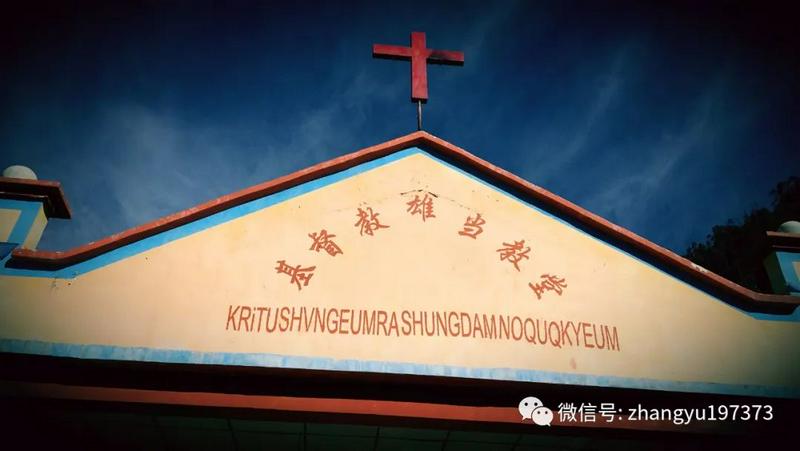The mysterious Dulong River is home to the legendary ancient people hidden deep in the Gaoligong Mountains. Although the national poverty alleviation project has changed the community to a great extent in recent years, the Dulong River is still a remote mystery for most people. The Dulong River is a separate river that does not intersect with the Nujiang River, but we are used to including it in the "Greater Nujiang Area." Thus this article can be also titled "Travelogue of the Nujiang River" for this reason.
I. The cold fairyland at the edge of the world
The Dulong ethnic group is a very small tribe, with only 5,000 people in China. The Dulong tribe has a similar mixed relationship (difficult to distinguish) with the Rawang tribe in Myanmar. Many international scholars classify it as part of the Rawang tribe. The Dulong ethnic group was formerly called Qiu people, and the Dulong River was Qiu River. Premier Zhou Enlai later renamed Qiu Jiang as Dulong River and Qiu Ren as Dulong Tribe.
After flowing into Myanmar, the Dulong River is called the Nmai Hka. The Nmai Hka is the mainstream of the Irrawaddy River, with the Indian Ocean as the destination. In China, the Dulong River is generally divided into upstream and downstream sections; Dulongjiang Township is the midpoint. The upstream section extends to the Kraichgau Valley, and the downstream section extends to the 41st boundary marker between China and Myanmar.
The Dulong River is the edge of the world! Traveling on the Dulong River yields a sense of being at the extreme edge of the world. I have visited the Dulong River three times and called it a cold fairyland at the edge of the world. The Dulong River has a particularly fantastic beauty, like the world of elves in the Hollywood blockbuster The Lord of the Rings. The valleys and trees are characterized by unique shapes, like creatures in the world of elves. The water of the Dulong River is as green as emerald. From the mountaintop, the river looks like an emerald belt wrapped around the valley.
II. The secret valley of legendary "Paul"
Even in such a remote world as the Dulong River, there are traces of apostles. In many villages along the way, you can see churches and crosses. I found out about a missionary named Paul, who was from the Lisu ethnic minority. He was baptized by an American missionary named Morse in the 1930s and 1940s. Later, he went to the Dulong River area to preach. It is said that he had extraordinary talent and a keen understanding of the Bible. The most incredible thing is that he learned to make paper from tree sap and a certain printing technique without a teacher. He printed some chapters of the Bible on his homemade paper. He carried the word of God printed by himself and traveled along the Dulong River, bringing Christianity to Myanmar. This is legendary. A few years ago, I found Paul's grave, a small dirt mound with a small wooden cross. I visited the Dulong River again last year and saw the rebuilt tomb. It had been moved next to a church at the foot of the mountain. The new tombstone detailed Paul's life story in Lisu, Dulong, English, and Chinese.
III. The sacred songs by the Dulong River
There are only 5,000 people of the Dulong ethnic group in China. They have their own unique writing system, which is based on the Latin alphabet created for them by early missionaries. The missionaries also compiled a collection of hymns in the Dulong script. Unfortunately, they were unable to complete a translation of the Bible into the Dulong language. About 10% of the Dulong people in China are Christians, while almost all of the Dulong people in Myanmar are Christians. On several trips to the Dulong River, I had the privilege of meeting Dulong Christians and listening to hymns in the Dulong language. Their singing was incredibly beautiful, featuring pure vocals, four-part harmony, and rich layers of sound.
The beauty of the Dulong River is beyond words. However, there is something concerning in the community. I had heard that the Dulong River region had the highest suicide rate in China. During my visits, I realized that "suicide" was a euphemism for the true cause of death, alcoholism. No wonder the missionaries had banned alcohol among the Christians in the Nu River area. Alcoholism has severely disrupted the normal lives of many local ethnic minorities. In fact, the Christians in Dulong are better disciplined, and such tragedies are rare among them. Additionally, many non-believers in the Dulong River area rely heavily on poverty alleviation measures. They have become accustomed to various forms of state welfare and no longer work hard.
- Translated by June I. Chen













